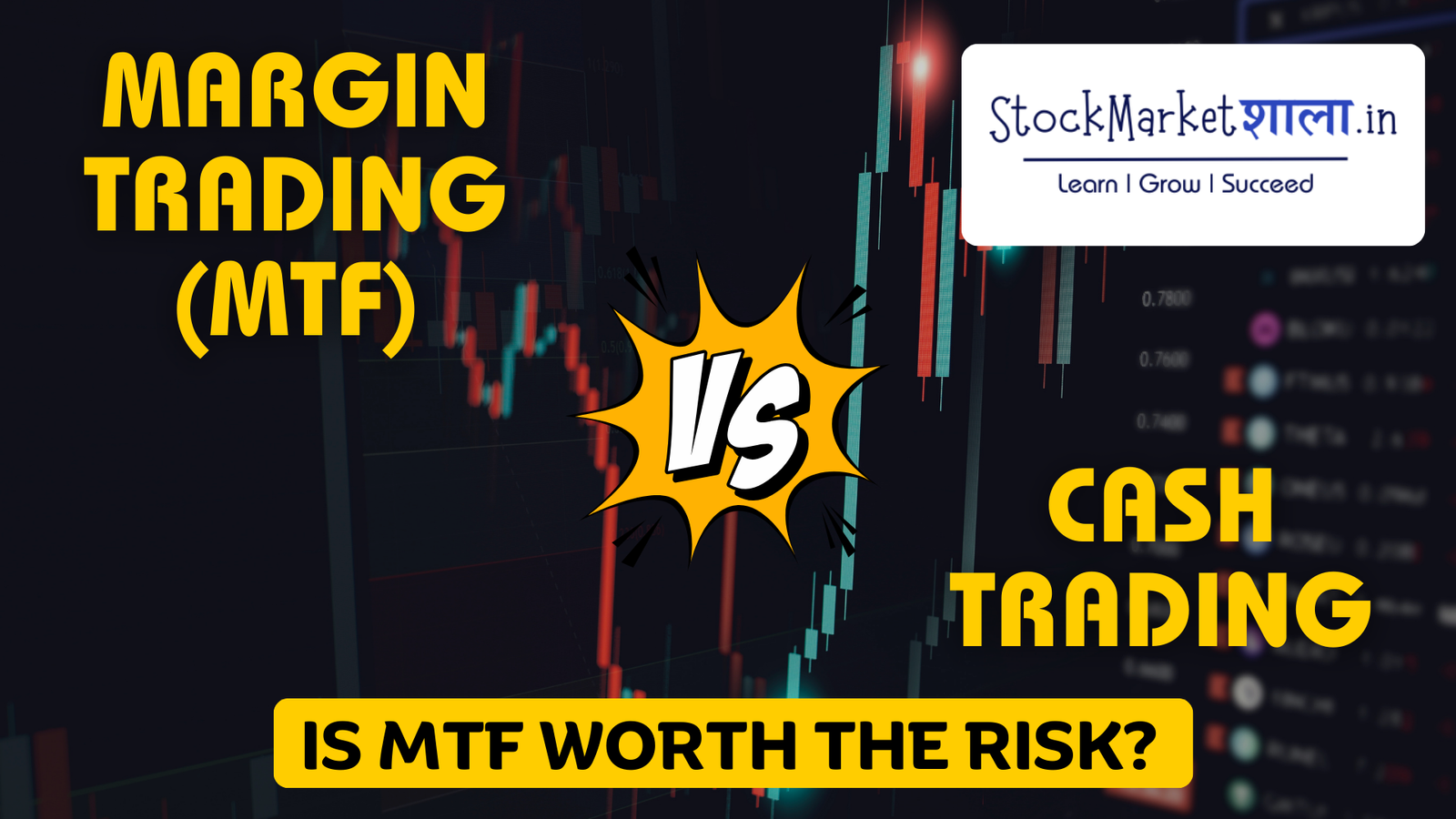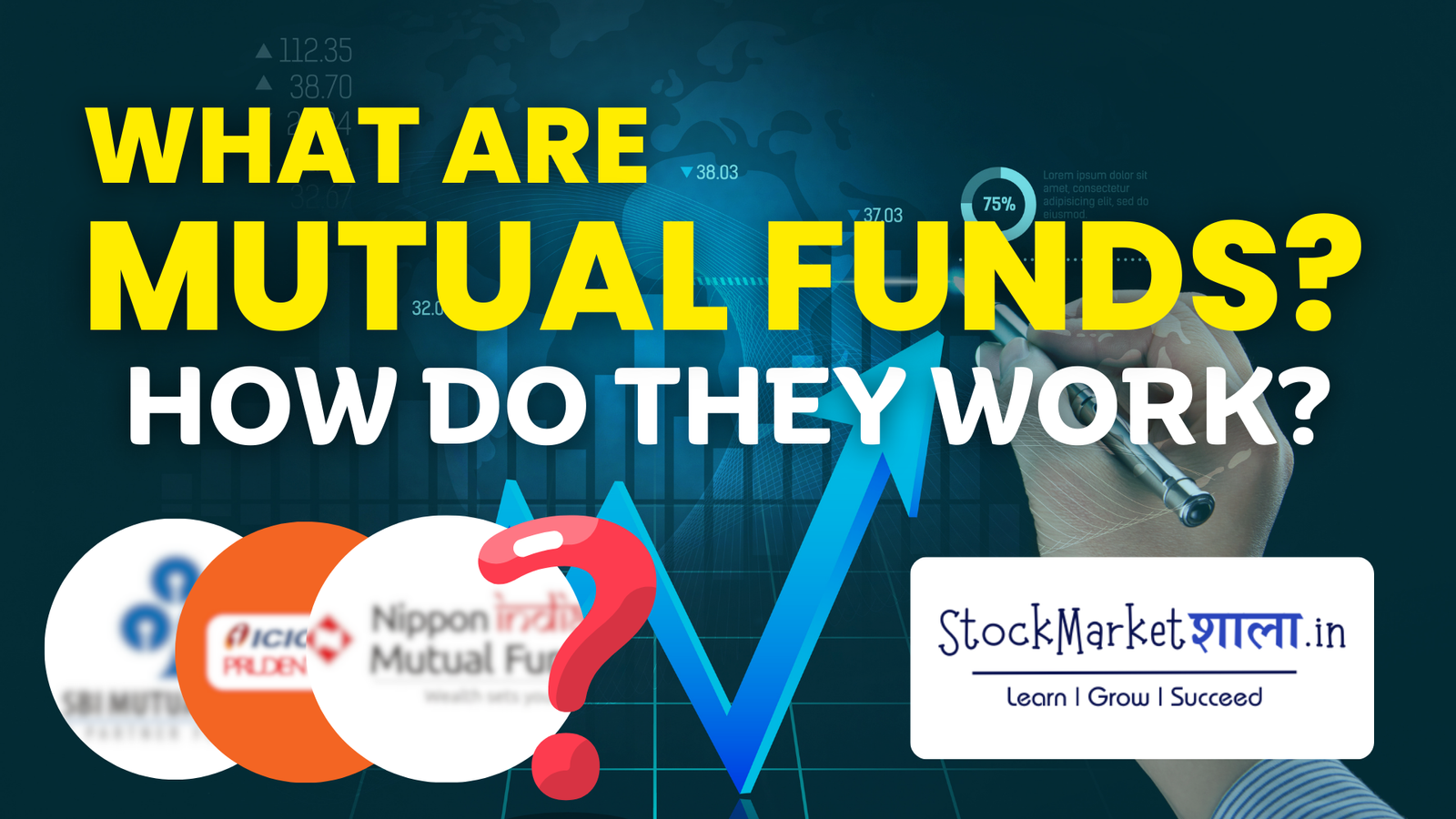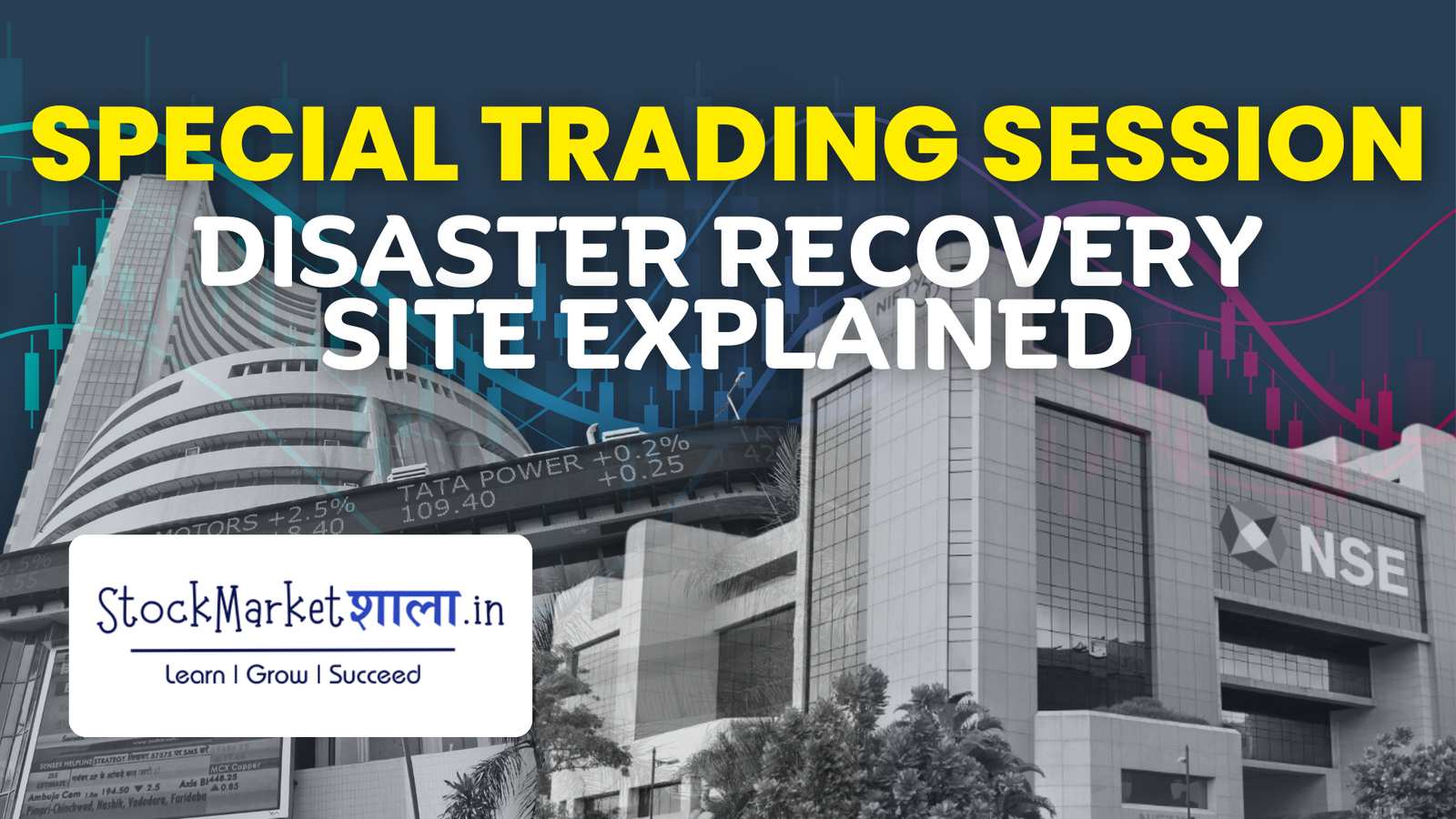Investing in the stock market can be a daunting task, especially for beginners. With so many investment strategies available, it can be challenging to determine which approach is the most suitable for your financial goals. Two popular investment strategies that often come up in discussions are growth investing and value investing. While both approaches have their merits, understanding the differences between them can help you make more informed investment decisions.
What is Growth Investing?
Growth investing focuses on investing in companies that have the potential for above-average growth in the future. These companies are typically characterized by their ability to generate high revenue and earnings growth rates. Growth investors look for companies with innovative products or services, strong competitive advantages, and a track record of consistent growth.
One of the key principles of growth investing is that investors are willing to pay a premium for companies with high growth potential. This means that growth stocks often trade at higher price-to-earnings (P/E) ratios compared to the overall market. Growth investors believe that the future growth of these companies will justify the higher valuation.
Investors who follow a growth investing strategy often have a long-term perspective and are willing to hold onto their investments for an extended period. They understand that it may take time for the company’s growth prospects to materialize and are willing to weather short-term volatility in pursuit of long-term gains.
What is Value Investing?
Value investing, on the other hand, focuses on finding undervalued stocks that are trading below their intrinsic value. Value investors believe that the market occasionally misprices stocks, creating opportunities for investors to buy them at a discount.
Value investors look for companies that have solid fundamentals but are currently out of favor with the market. These companies may be experiencing temporary setbacks or facing industry-specific challenges. By investing in these undervalued stocks, value investors hope to profit when the market eventually recognizes their true worth.
Value investors typically look for stocks with low P/E ratios, low price-to-book (P/B) ratios, and high dividend yields. They believe that these metrics indicate that the stock is trading at a discount to its intrinsic value.
Which is Better: Growth or Value Investing?
The question of whether growth or value investing is better ultimately depends on your investment goals, risk tolerance, and time horizon.
Growth investing can offer the potential for higher returns, especially if you can identify companies with significant growth prospects. However, it also comes with higher risk, as growth stocks can be more volatile and prone to market fluctuations.
Value investing, on the other hand, offers the opportunity to buy stocks at a discount, potentially providing a margin of safety. Value stocks tend to be more stable and less affected by market sentiment. However, the potential for high returns may be more limited compared to growth stocks.
It’s important to note that growth and value investing are not mutually exclusive. Some investors choose to combine both strategies in their portfolios, aiming to achieve a balance between growth and value stocks.
Conclusion
When it comes to growth versus value investing, there is no definitive answer as to which is better. It ultimately depends on your individual investment goals, risk tolerance, and time horizon. Both approaches have their merits and can be successful if implemented correctly.
Whether you choose to focus on growth, value, or a combination of both, it’s crucial to conduct thorough research, diversify your portfolio, and stay disciplined in your investment strategy. Remember, investing in the stock market involves risks, and it’s important to consult with a financial advisor or do your own due diligence before making any investment decisions.
By understanding the differences between growth and value investing, you can make informed decisions and build a portfolio that aligns with your financial goals.




